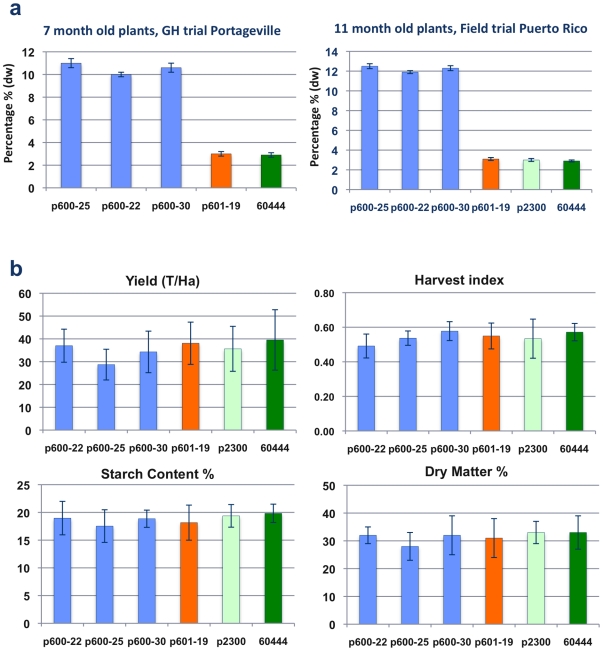Figure 2. Characterization of fully-grown zeolin expressing plants.
A) Total protein content of peeled storage roots harvested from transgenic cassava plants expressing zeolin grown in greenhouse soil beds and in the field. Non-transgenic plant 60444 (green bar); plant line transgenic for empty gene vector control (pCambia2300) (light green bar); plants transgenic for patatin promoter-zeolin (pILTAB600; blue bars); plants transgenic for 35S promoter-zeolin (pILTAB601; orange bar) n = 7. Assessment of total protein content by Bradford assay of storage roots shows similar results from both locations with non-transgenic, empty vector control and 35S driven zeolin varying from 2.9 to 3.1% dw, and all three events transgenic for patatin driven zeolin accumulating 3 to 4 times this amount of total protein. Total protein content from roots of field-grown plants was higher in all three lines compared to greenhouse-grown, with maximum levels of total protein reaching 12.3% dw in line pILTAB600-25. B) Evaluation of important agronomic traits of zeolin expressing cassava plants grown for 11 months in the field in Puerto Rico. Non-transgenic cv. 60444 plant line (green bar), plant line transgenic for empty gene vector control (pCambia2300) (light green bar), plants transgenic for patatin promoter driven zeolin transgenic lines (pILTAB600) (blue bars); plants transgenic for 35S promoter driven zeolin (orange bar) n = 12. Transgenic events showed no significant differences compared to controls across traits studied.

